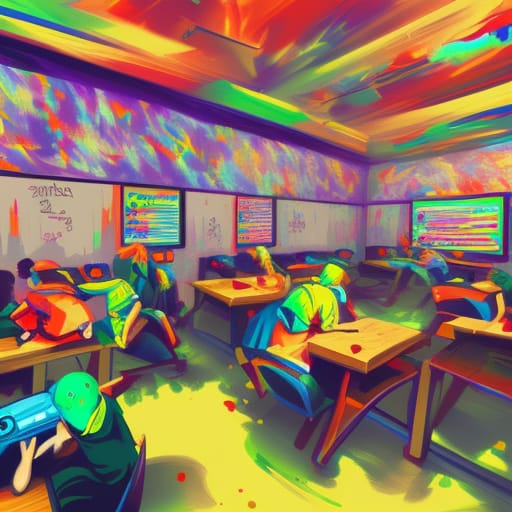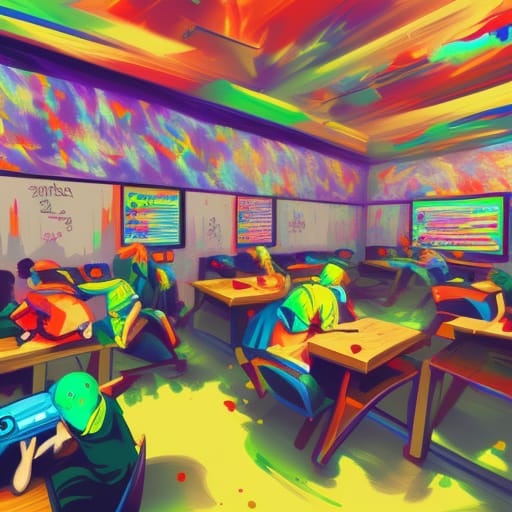Education is undergoing a transformative shift, driven by advancements in technology and a growing recognition of the importance of engaging students in their learning process. Traditional methods of instruction, focused on rote memorization and passive learning, are giving way to more interactive and dynamic approaches. One such approach is gamification, which utilizes game elements and mechanics in educational settings to make learning enjoyable and effective. By harnessing the power of technology, gamification has the potential to revolutionize education, creating a generation of students who are not just knowledgeable but also motivated and enthusiastic learners.

Gamification involves integrating game design principles, such as competition, rewards, and progression, into educational activities. By tapping into the innate human desire for achievement, recognition, and enjoyment, gamification captures students’ attention and maintains their engagement throughout the learning process. By transforming educational content into interactive and immersive experiences, students are motivated to actively participate and explore, leading to deeper understanding and improved retention.
Technology plays a pivotal role in the implementation of gamification in education. With the widespread availability of smartphones, tablets, and computers, educators have a range of tools and platforms at their disposal. Educational apps, online platforms, and learning management systems are being developed specifically to incorporate gamified elements into lessons across various subjects and grade levels. These technologies offer interactive simulations, quizzes, challenges, and collaborative activities that not only enhance learning but also create an enjoyable and competitive environment.

One of the primary benefits of gamification in education is its ability to foster intrinsic motivation in students. Traditional teaching methods often rely on external motivators such as grades and rewards, which can be limited in their effectiveness. Gamification, on the other hand, taps into students’ intrinsic motivation by providing immediate feedback, allowing for continuous progress, and presenting challenges at an appropriate level of difficulty. By creating a sense of achievement and accomplishment, gamification encourages students to take ownership of their learning journey and develop a growth mindset.
Another advantage of gamification is its potential to promote collaboration and social interaction among students. Many gamified learning platforms incorporate features that encourage students to work together, compete, or share their achievements. By fostering collaboration, students can learn from one another, build communication skills, and develop a sense of community within the classroom. Additionally, gamified activities often provide opportunities for students to engage with real-world problems and develop critical thinking and problem-solving skills, which are essential for success in the modern world.

Furthermore, gamification allows educators to collect valuable data on students’ learning progress and behavior. Through analytics and data tracking, teachers can gain insights into individual and collective strengths, weaknesses, and learning preferences. This information can then be used to personalize instruction, identify areas that require additional attention, and adapt teaching strategies to meet the unique needs of each student.
While gamification in education holds tremendous promise, it is crucial to strike a balance between game elements and the educational objectives. The incorporation of gamified elements should always serve the purpose of enhancing learning outcomes rather than distracting or overshadowing the educational content. Effective implementation requires thoughtful planning, curriculum alignment, and ongoing evaluation to ensure that gamified activities are meaningful and aligned with educational goals.

In conclusion, gamification in education harnesses the power of technology to create engaging and enjoyable learning experiences. By integrating game design principles into educational activities, gamification captivates students’ attention, fosters intrinsic motivation, promotes collaboration, and enhances critical thinking skills. As technology continues to advance, the possibilities for gamified learning are expanding, offering educators innovative tools to make education more interactive, effective, and fun. By embracing gamification, we can transform education and empower students to become active, enthusiastic, and lifelong learners.
*This blog post was written with the assistance of artificial intelligence.